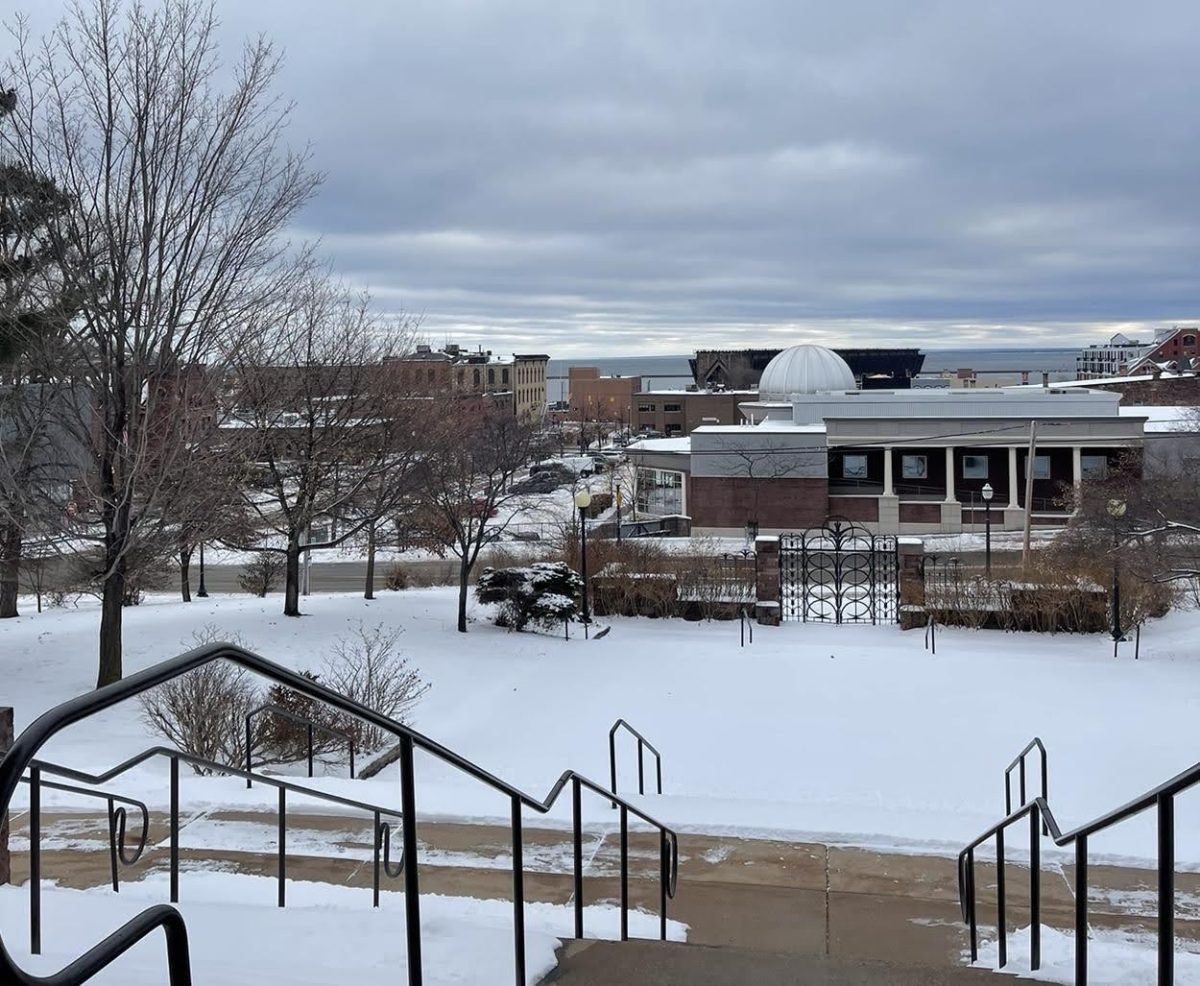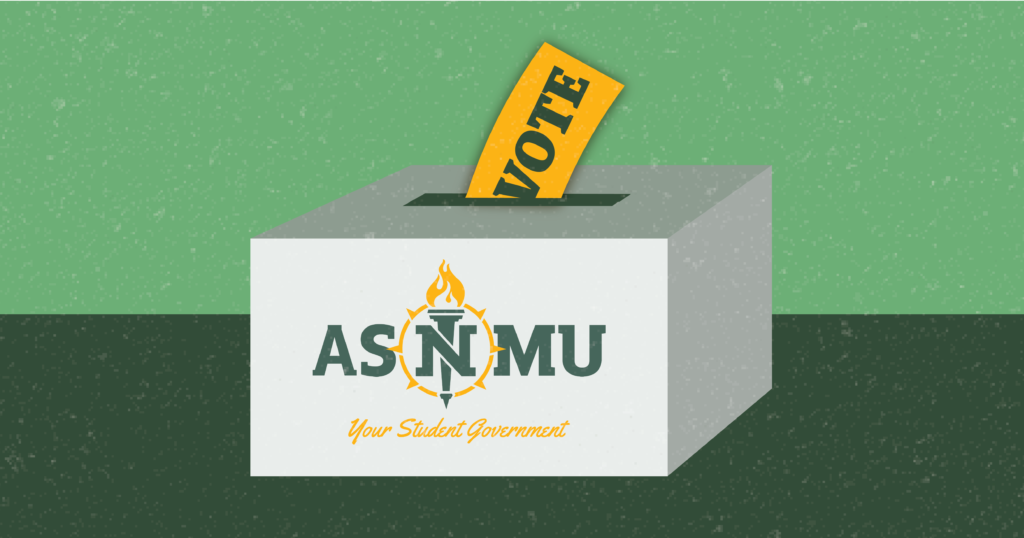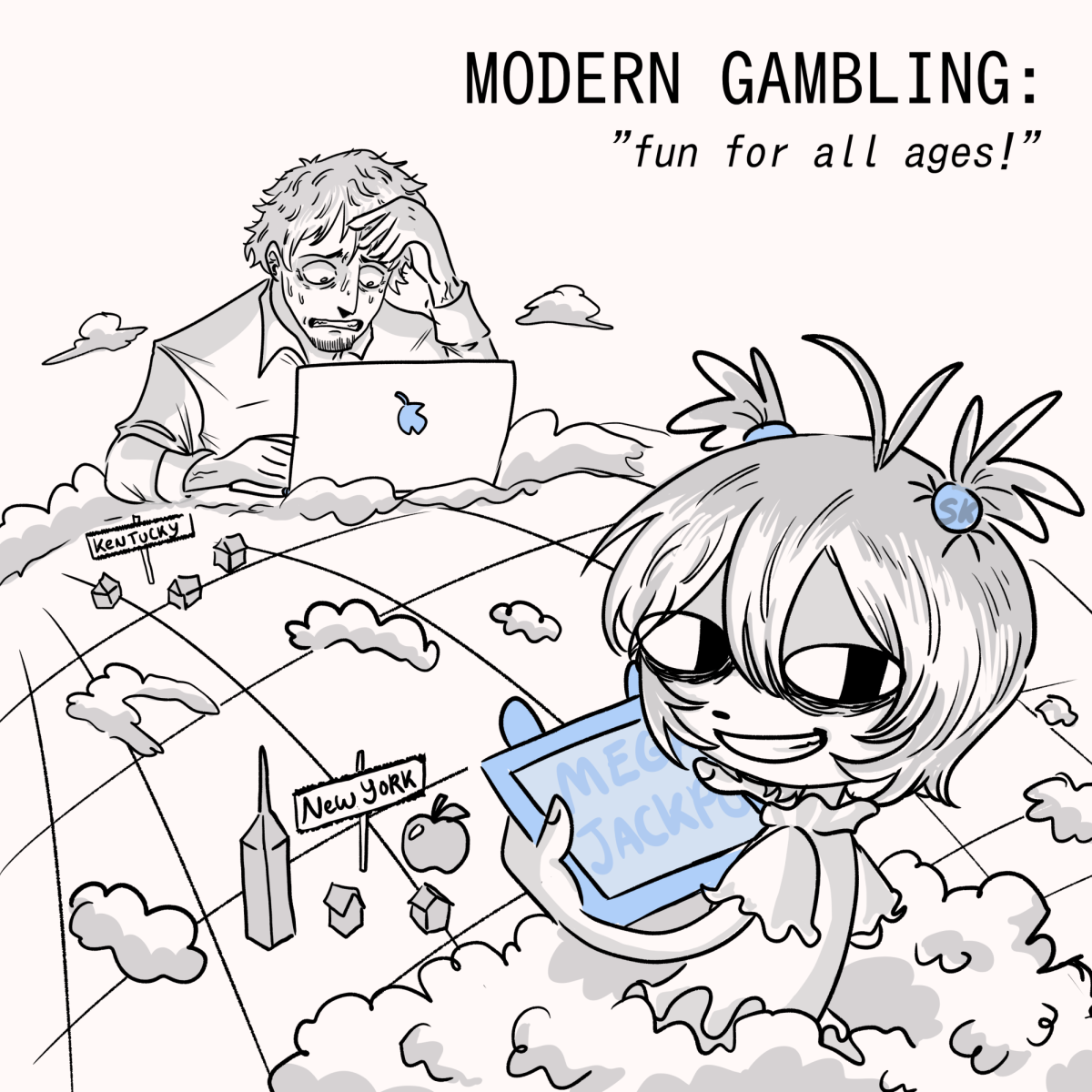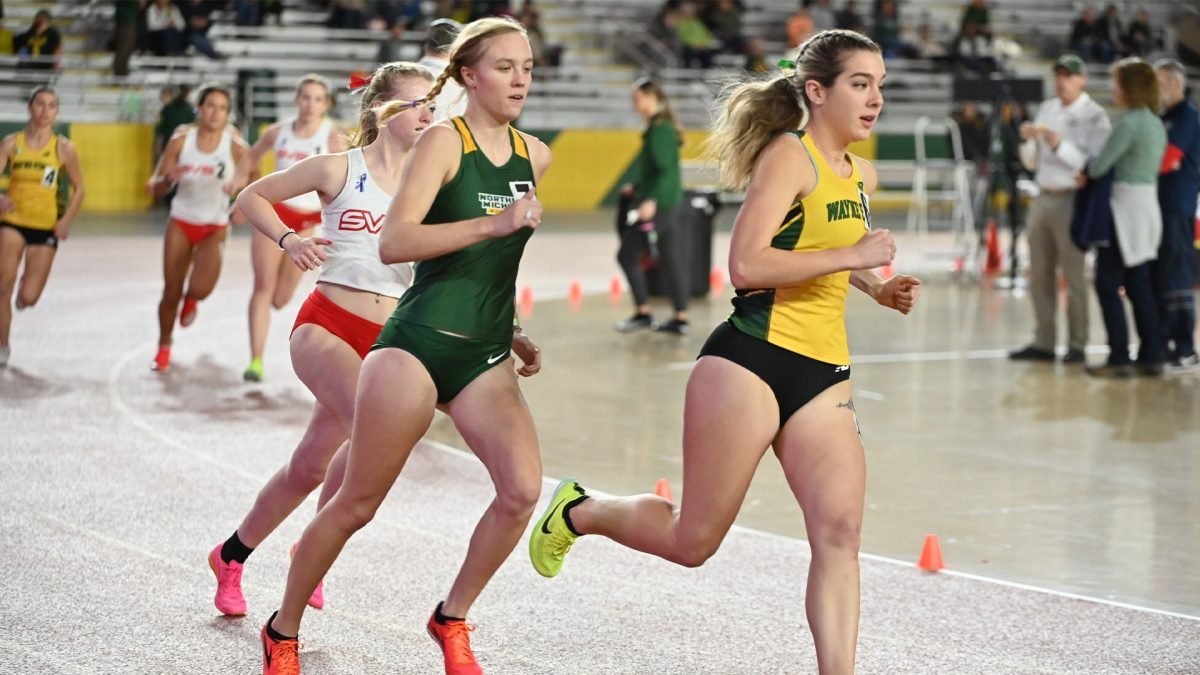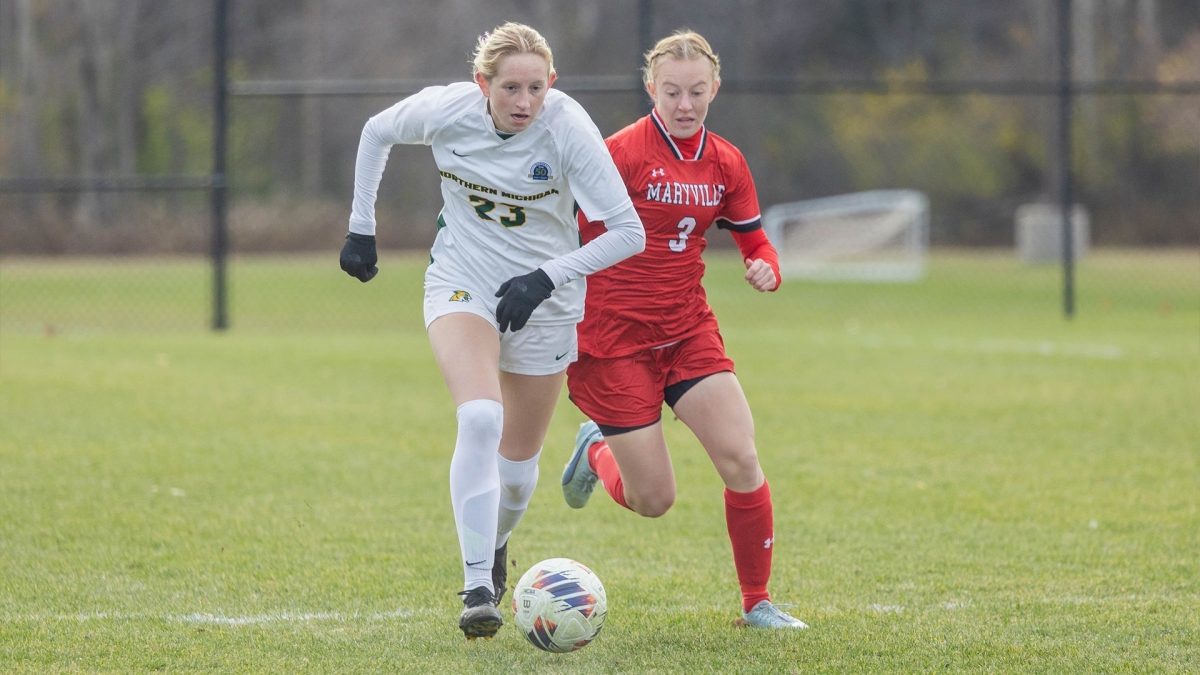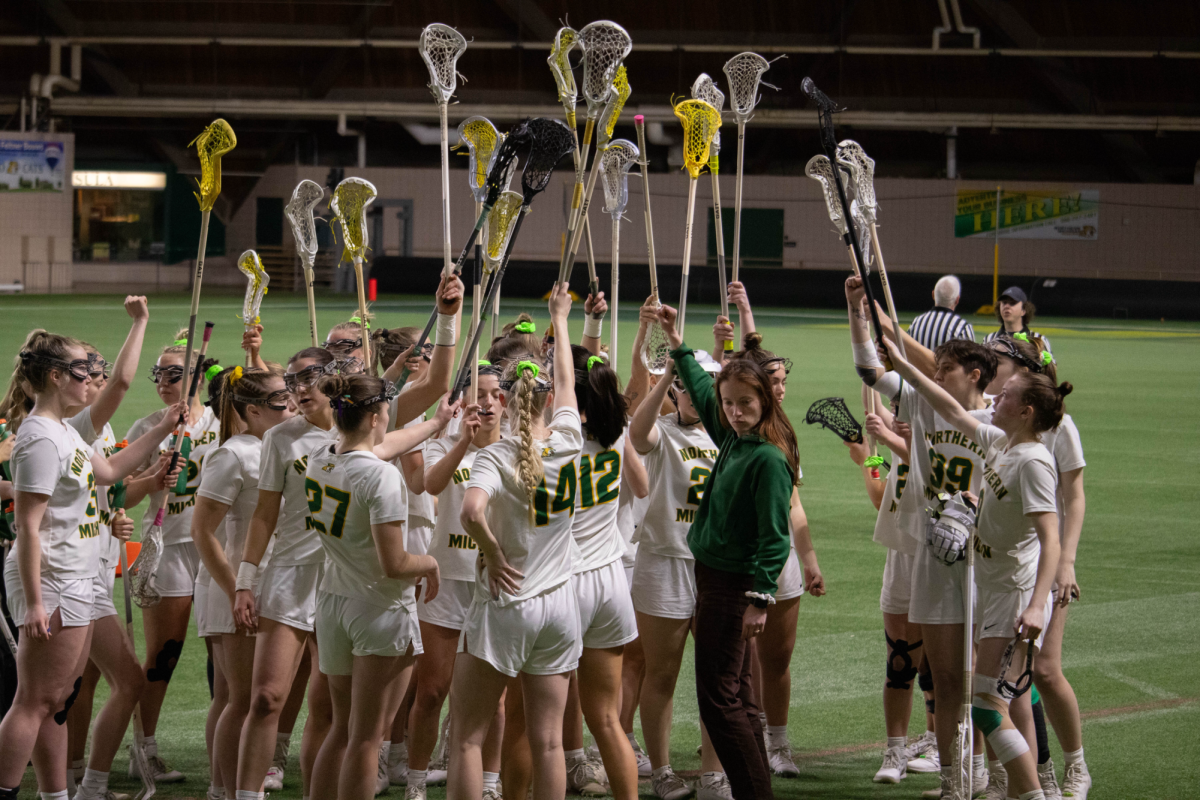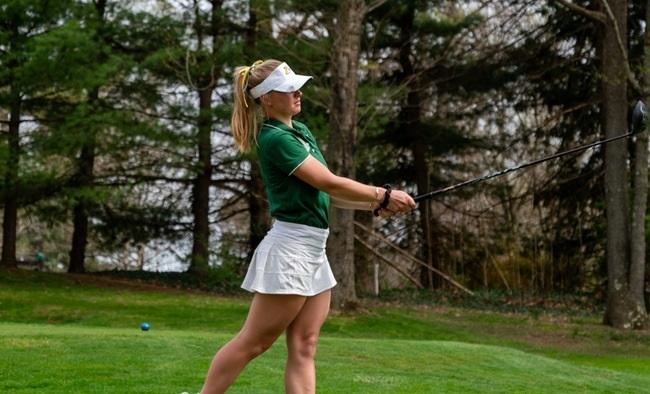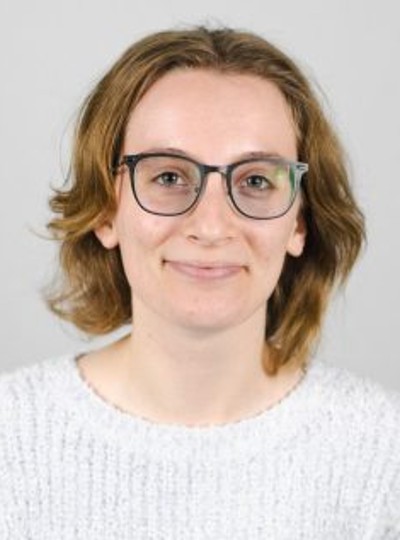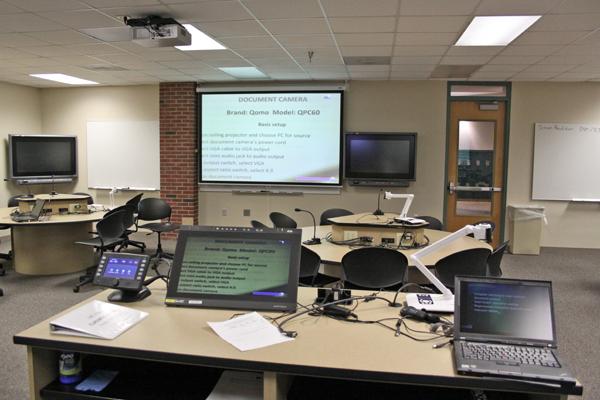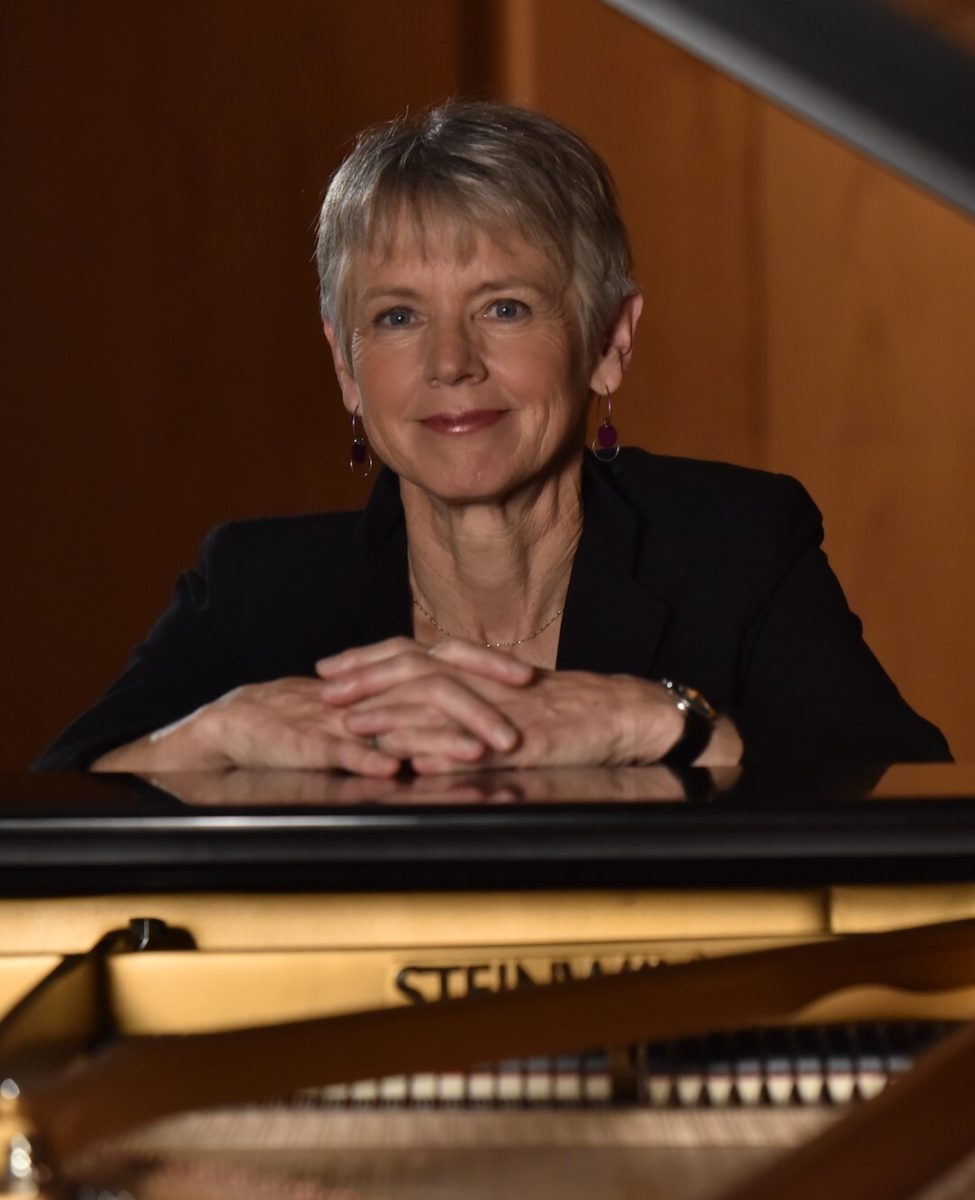A grant project through the National Science Foundation (NSF) is bringing a new active learning classroom to the first floor of the Learning Resource Center.
Room 108 in the LRC has recently undergone changes in order to incorporate new technology into the classroom environment.
The goal is to create a more interactive and hands-on learning experience for students in the science, technology, engineering and mathematics (STEM) disciplines through the use of technology.
“That way, students can tell if they’re understanding and they are immediately able to apply what the instructor is teaching,” said Matt Smock, NMU director of instructional design and technology.
The classroom will be available for use in the Winter 2012 semester, first amongst the STEM areas, and then it will be made available to other concentrations of study.
It currently is only used by a few members of the faculty and their classes in order to become more familiarized with the technology involved.
The new technology incorporated with the classroom includes document cameras, monitors with SMART Board interactive overlays to display student work, microphones, the Responseware interactive response system, and an instructor station complete with a touch interface monitor, Smock said.
“Students should expect a very interactive class with a lot of technology,” Smock said, “but they shouldn’t expect to use everything.”
Students will be able to immediately apply what they are learning in class by using the technology available.
By using the SMART Boards, they will be able to add to the notes on their computers, save them for further use and also forward the information to classmates.
The instructor can also take the work from a student’s computer and display it on the two available projectors for the entire class to see.
With the use of the Responseware interactive response system, students will no longer be required to spend money on clickers in order to participate in quizzes with the class. They will be able to give their responses through their school issued laptops.
This new classroom is part of the NSF Transforming Undergraduate Education in Science (TUES) grant project.
Through the project, a group of six STEM faculty catalysts will redesign at least one of their courses to incorporate the new technology and also serve as models to other NMU faculty members Smock said.
“We were interested in being able to bring some of these new technologies to campus and partnering them with an active learning space,” said Jill Leonard, biology professor at NMU. “I and the other professors involved also have a strong interest in science and math teaching at the university level, so it made sense to work with the National Science Foundation.”
According to Smock, the project’s goal is to find out if the hands-on use of technology is beneficial to the learning process in the STEM disciplines.
The grant awarded NMU a total of $159,888 from NSF to fund this project.
“A little less than half of the grant went directly toward purchasing equipment and other issues associated with installing the technology in the new teaching space,” Leonard said. “The remainder of the grant goes toward a faculty development program aimed at helping professors integrate technology-facilitated active learning techniques into their courses.”
The TUES project gives students another opportunity to learn through technology and to enhance their education.




